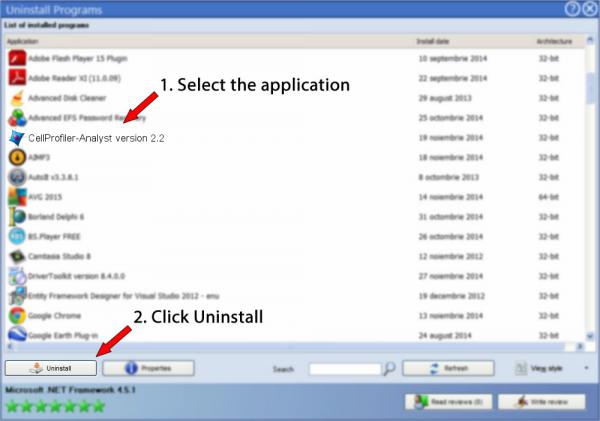

All image-viewing software can display 8-bit images. Many microscope cameras capture 8-bit images and store them in an 8-bit file format.16-bit images have 2^16 available pixel intensities, with a range of 0-65535.

12-bit images have 2^12 available pixel intensities, with a range of 0-4095.8-bit images have 2^8 available pixel intensities, with a range of 0-255.

In other words, a file format’s bit depth tells you the number of separate grayscale intensity values (graylevels) that are allowable by the file format: It is also known as bits per pixel (bpp). Bit depth describes the number of data bits available to represent the intensity value of a single pixel.Bit depth: Be sure your image file’s bit depth suits the camera’s pixel intensity range You should NOT see any pixels piled up on the right, at the maximum of the range – the intensity of pixels there will not be accurately recordedģ. When viewing a typical test image’s histogram, the maximum pixel intensity should use ~50-75% of the range (left), leaving a bit of room if some of your samples or fields of view are brighter. This awesome article will tell you more about dynamic range and image saturation: Fluorescence microscopy – avoiding the pitfalls Claire M. Most microscope software allows you to see a histogram of pixel intensities – you want the histogram to fill most of the available pixel intensities (along the X-axis, usually: see Figure), but you do not want any pixels to reside at the highest intensity value of the camera – you do not want a spike at the right-hand side of the histogram. If you expect one sample in your experiment may be brighter than others (a positive control for example), you may want to use it to determine your exposure settings to decrease the likelihood of ending up with saturated images. Aiming for your image maximum to be ~50-75% of the dynamic range is a safe bet, allowing for some images in the set being brighter than average without becoming saturated. Set the exposure time such that the resulting images use as much of the dynamic range of the camera as possible, but without saturating any images.LED light sources tend to be more consistent and are preferred. Be aware that microscope lamps often take time to warm up, so that a 1 second exposure is not guaranteed to yield the same response, depending on how long it has been since the lamp turned on, or how long it has been since the bulb was changed.For example, don’t use automatic exposure times or change the lamp or filter settings part way through collecting a large image set if you aim to quantitatively compare signals across the set of images. Typically, you want to keep image acquisition conditions constant across an experiment.

Proper exposure time: avoid saturation and lack of dynamic range


 0 kommentar(er)
0 kommentar(er)
